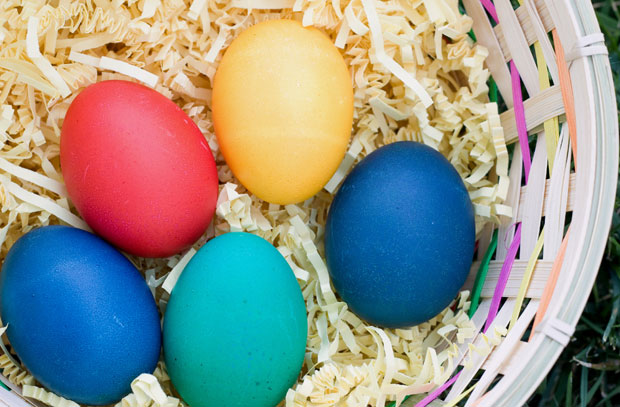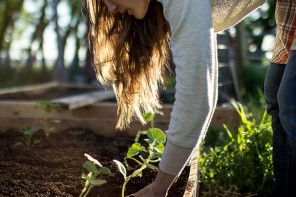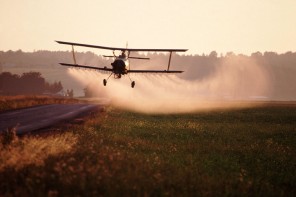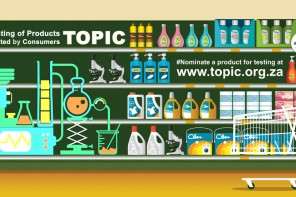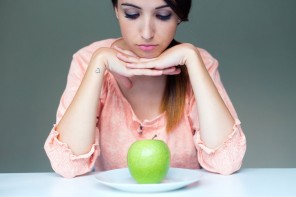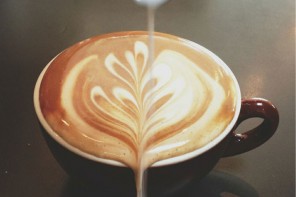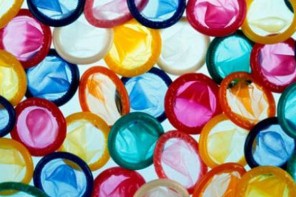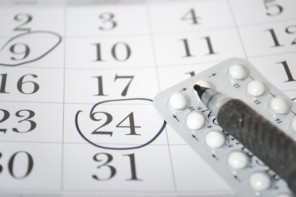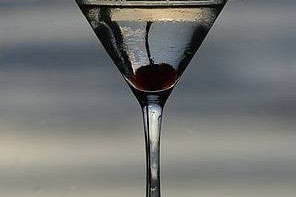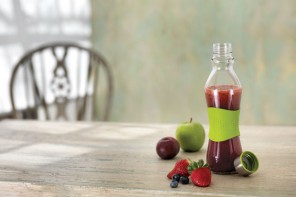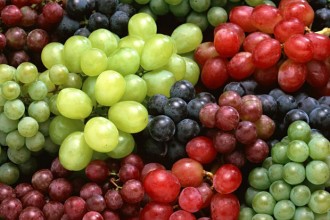You might like the idea of adding bursts of colour to your food, but just what’s in that food colouring?
Dangers of Food Colouring
Some food colouring contains parabens, which help to make products last longer. Parabens is an ingredient found in many other products too, such as personal hygiene products or cosmetics. Parabens are an endocrine disruptor, meaning that they disturb the normal action of hormones in the body. They mimic the estrogen hormone, and can lead to illness such as breast cancer tumours.
According to Science News, food colouring can be harmful to your immune system, cause sterility or cause ADHD in children, along with negatively impacting their growth and development.
If you’re going to use food colouring over the Easter holidays, such as when you’re decorating and dying your Easter eggs, try a more natural approach.
Head to Your Fruit/Veg Basket
Fruits offer a great, natural alternative to food colouring and you can play around to create lots of colours simply by mashing colourful foods such as raspberries, avocados, beetroots or carrots. Check out eHow for more detailed instructions of the process.
Some colours are much more difficult to create, even with the right fruits or vegetables. For instance, getting the blue or purple just right might be a trying task. Although you might not have thought of cabbage to come to the rescue here, it’s a great vegetable in food dye for these tricky colours. Choose red cabbage for purple and blue. Cut and boil the cabbage until the water is very dark in colour to help you achieve a purple dye. For blue, stir in some baking soda to the mixture and voila! Pretty blue!
Make Your Spice Rack More Creative
Some colours might need the spice rack – think mixing turmeric powder or saffron into icing for the kiddies’ treats. The best part is that you don’t have to use a large amount of spices to get the bright colours you want for a festive feeling.

